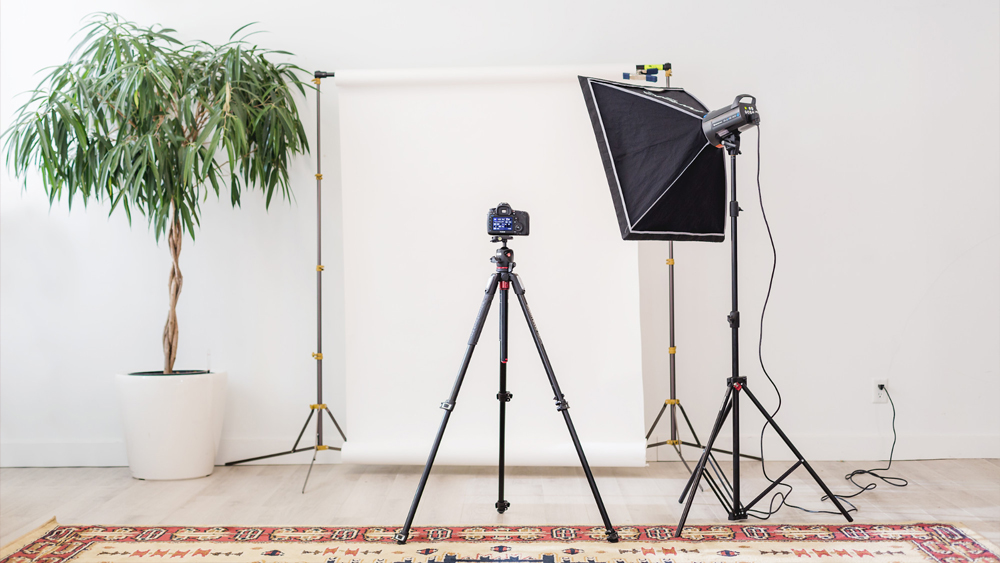
What are brand guidelines?
August 5, 2021
What is the difference between a web designer and a web developer?
August 20, 2021A variety of product photography can be seen all around us. Be it web, magazines, brochures or even in-town advertising, where there is a promotion in place, we see different types of product photography on display. Photography is crucial for selling products. Moreover, Images are essential in supporting a company’s brand and motivating people to buy. For example, take online shopping; If the website you are looking at only describes a camera in a few lines with no image on the page, would you buy it? Most likely, you won’t. Product photos are proof of product features. For most buyers, the first thing they do is valuing the product by its photos; only then do they read the description to confirm that the product is right for them.
Simple studio product photography
A variety of product photography can be seen all around us. Be it web, magazines, brochures or even in-town advertising, where there is a promotion in place, we see different types of product photography on display. Photography is crucial for selling products. Moreover, Images are essential in supporting a company’s brand and motivating people to buy. For example, take online shopping; If the website you are looking at only describes a camera in a few lines with no image on the page, would you buy it? Most likely, you won’t. Product photos are proof of product features. For most buyers, the first thing they do is valuing the product by its photos; only then do they read the description to confirm that the product is right for them.

Using a white background in product photography
The white background is the most common background among product photographers. Here are two reasons;
- It creates a different and captivating image of the product that appears floating in the background.
- You can use Photoshop or similar programs to select the product and remove it from the background. You can then place it on a completely different background or float it in a multi-layered image.
This type of product image, which is relatively easy to photograph, is often seen in product catalogues and online stores.

Using a scale to indicate the size of the product in product photography
Scaling is a method of the product photography that defines the actual size of the product for the viewer, allows the buyer to see the appearance of the product and its function. For example, putting an egg in the photo of a milk package will indicate the size of the milk box.

A collection of products photography
A collection image of a product is an excellent way to show different options to the buyer. The photo can be a collection of a woman’s cosmetics that may include various options in products within the group or a product as a collection with different colors.

Strategies to use in product photography
There are two strategies to follow; commercial and advertising photography. Commercial photography introduces products in catalogues and brochures containing a complete list of products; however, the final image does not have a story to tell. But in advertising product photography, you create a compelling story using subjects, colors, light, shadows, and, of course, creativity. Commercial photography of a three-edged razor, for example, can show the razor in the white background and in the most precise possible way; But advertising photography from the same razor may involve a face that is half full of beard and the other half perfectly shaved and clean.




